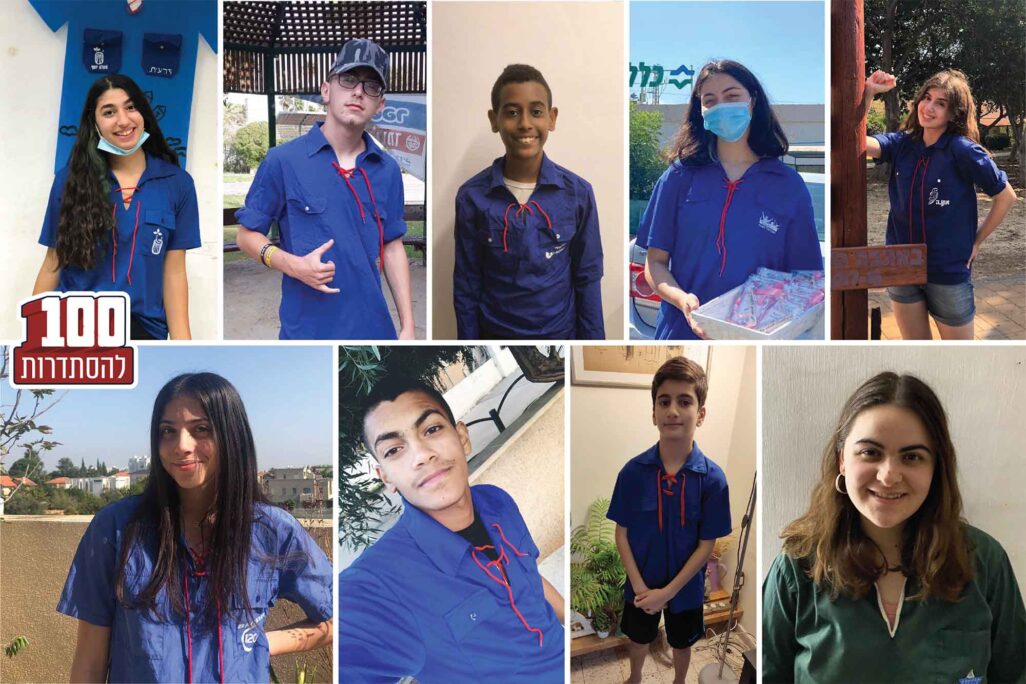
In the depths of a global pandemic, things often feel bleak and paralyzingly out of control. Despite this, nine teenagers, all members and leaders of the HaNoar HaOved v’HaLomed youth movement, refuse to stop dreaming. They, and some 8,500 more like them, assert their responsibility over the younger generation and all of society, by volunteering, mentoring young children, and unionizing working teens in their workplaces, honoring the movement’s 96-year-old legacy.
Elian Rozkin, 15, from Haifa, the daughter of immigrants from the Soviet Union, has been volunteering in recent months to help the farmers of Moshav Geva Carmel. She and her friends from NOAL’s ken (chapter) in Nesher, just outside of Haifa, volunteered in the plantations of the moshav on the Haifa coast, which has been struggling with a lack of farm workers due to the pandemic.
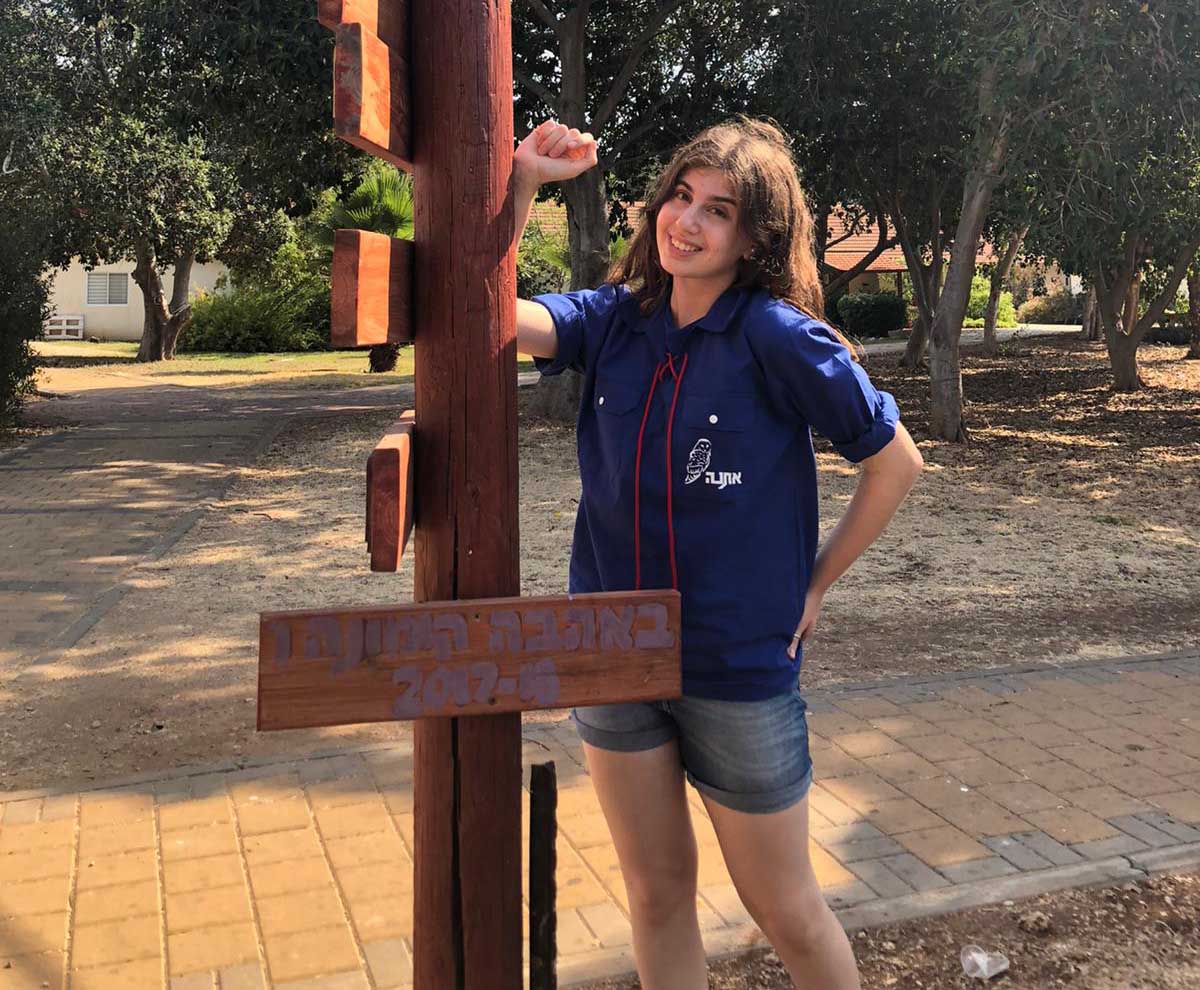
"We worked from sunrise to noon. It opened our eyes to the hard work that the farmers do," she said "It makes me appreciate the food that sits on our table."
"What I like about the youth movement," Rozkin continued, "is the opportunity to meet new worlds, and new people. Here, there’s a place for everyone, there is a sense of listening and understanding.”
"Here I learn to be a leader and to pay attention to what is going on around me"
The Ramatayim ken in Hod HaSharon, numbers in the hundreds of members and youth leaders. The ken is usually crowded with children and teenagers, and the activity rooms must be booked in advance. During the lockdown, most of the activity moved online, but movement members have continued to work in the Hod HaSharon community.
"During the first lockdown, we received from the municipality a lot of telephone numbers for senior citizens," says Or Ben-Tzur, 17, a youth leader in the Hod Hasharon ken. "We distributed them among members, who took responsibility for the elderly in the area. We called, cared and provided companionship throughout the lockdown.”
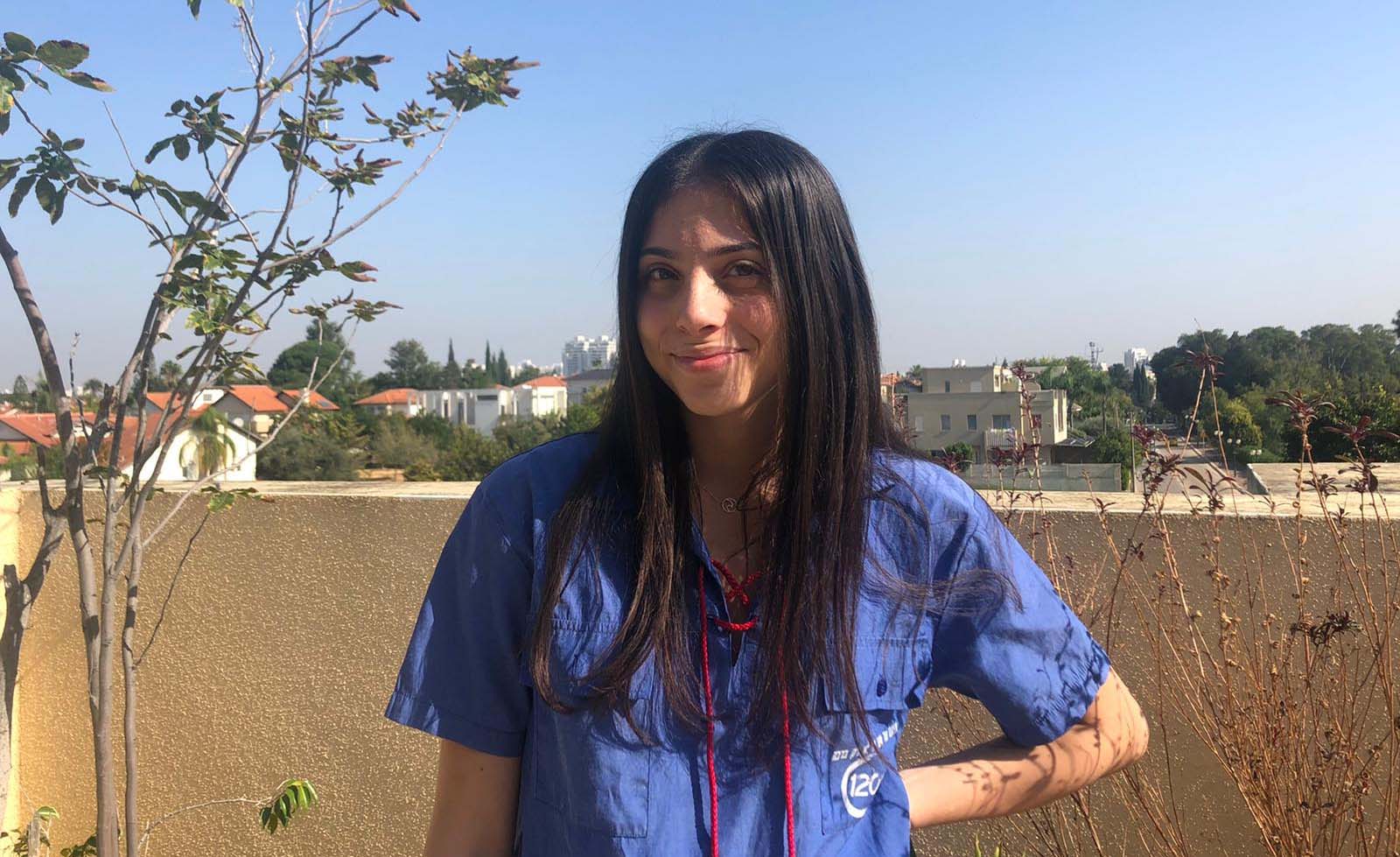
"The youth movement allows me to feel that I can influence and change my society," said Ben-Zur. "Here I learn to be a leader and to pay attention to what is going on around me. There is a very big crisis in our society, and I know that my actions can have an impact on our future.”
NOAL has 95,000 members in more than 650 branches. It was established with the support of the Histadrut Labor Federation in 1924 as a home for working youth, and grew into a broad and dynamic framework that connected native-born citizens and immigrants, youth from the city and the kibbutz, from every race, background and ethnicity. The common denominator among them all is the belief in human equality, unity and social justice.
"A large and diverse movement helps you get to know and build yourself," said Gabi Diamond-Kessel, 17, from Jerusalem. "We all get to enjoy this familial feeling. This is something that is felt from the nine-year-old movement member to the youth leaders and graduates.”
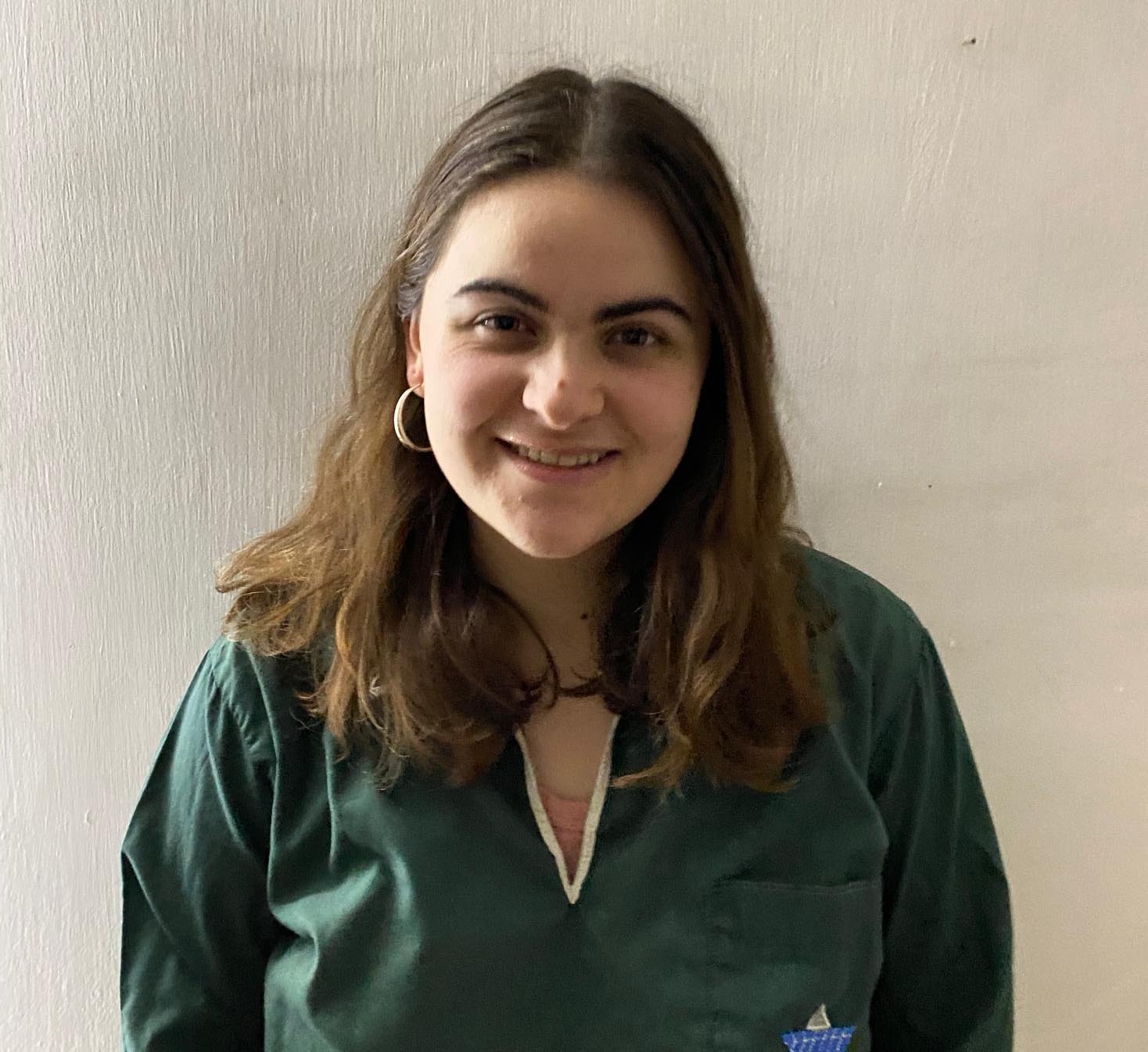
In the past year, the Reform youth movement Telem, to which Diamond-Kessel belongs, decided to join NOAL.
"Because of coronavirus, we moved our Sukkot camp to Zoom," she explained. "It's a huge event. The camp invites participants, from all over the country, in 3rd through 9th grades, to participate in 3 activities a day."
The Working Youth is still working
NOAL has significantly widened its scope from just the working-class youth, but at the same time, it has never let that focus flag. As the movement’s 60th anniversary song goes, “the working youth is still working, still hasn’t laid down its tools.”
Elishai Elimelech, 17, is a student at Amal Ramat David School, a vocational school which is affiliated with the Israeli Air Force, and an active member of the school’s NOAL chapter. He explains how he and his friends recently renovated the ken building in the nearby town Migdal Haemek to serve the local children.
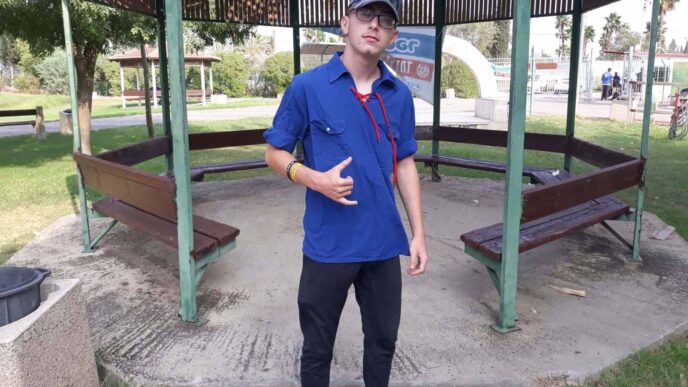
“I love this movement that has opened a door for me to change,” Elimelech said “I’ve met new people who gave me confidence, developed my creativity and helped me form new social connections.”
"To be a member of a ken is to see your youth leaders all the time," continued Elimelech. "There is always activity, there are always meetings. There is someone to turn to and someone to talk to.”
Concern for the working youth, who have been a part of the movement from its inception, is a key component of the movement's activities even today. According to a survey conducted by the movement, about 62% of youth participate in the labor market throughout the year, as workers or as job seekers.
Additionally, the movement cares for teenagers who study in 24 vocational schools across the country.
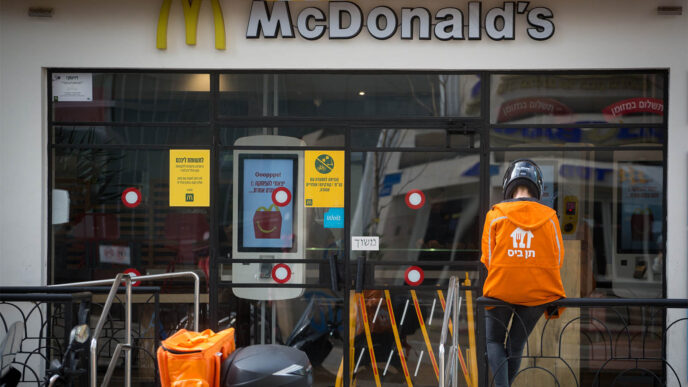
The youth union organizes thousands of young workers, and in recent years it has unionized employees of the fast food chains Burgeranch and Domino's Pizza. Recently young workers in the food delivery company "10Bis," are struggling to unionize. They are demanding from the company, among other things, health insurance that will cover their injuries during work.
Founders of Naan and Beit She'arim
In the youth movement’s early days, it was seen as a place for all, including populations not traditionally included in the Labor movement.
"The Histadrut has not yet been able to take root within the Mizrahi communities. They haven’t found the key to them," David Ben-Gurion, chairman of the Histadrut and later the first prime minister of the State of Israel, told the movement in a 1926 address. "And here is HaNoar HaOved, the youngest seedling of the labor movement, who have discovered a talent for it."
"The wonderful and special power, the youth, which is not only age but spiritual attitude, vitality, alertness and all those blessed virtues, this power still exists within the labor movement in its depths," he went on to say, lauding the youth movement as a trailblazer in society.
Over the years, the working youth in the movement often came from marginalized backgrounds and worked low-income jobs. Nevertheless, they constituted 70% of the trainees of the Palmach, the elite forces of the pre-State Jewish military, and settled hundreds of kibbutzim and moshavim throughout the country. Naan (1930) was the movement's first kibbutz, and Beit Shearim (1936) the first moshav. Kibbutzim and moshavim continue to be important centers of the youth movement.
"I feel that the movement makes me a better person thanks to the fact that my youth leaders really care about me, what I say and what I do," says Yiftach Ben David, 12, from Kibbutz Ruhama. Ben David grew up in the city, moved to a kibbutz and connected to the inviting atmosphere he found in the ken.
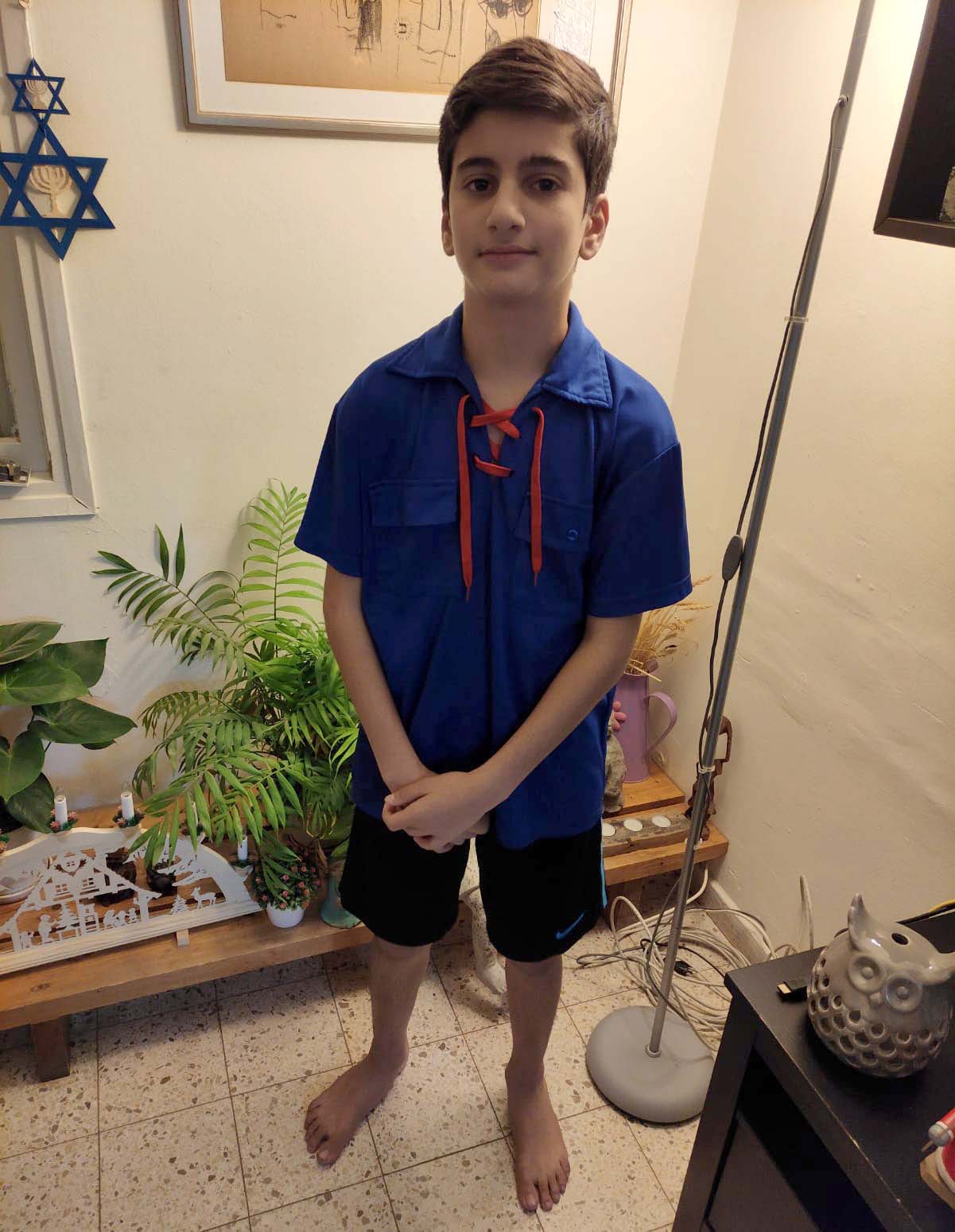
"We have a lot of activities to help the community," says Shira Adoni, 14, from Moshav Zarit, part of Bnei Moshavim section of NOAL. Shira and her friends collect gifts for soldiers on the Lebanese border, next to the moshav where they live. They are also active in the Association for the War on Cancer.
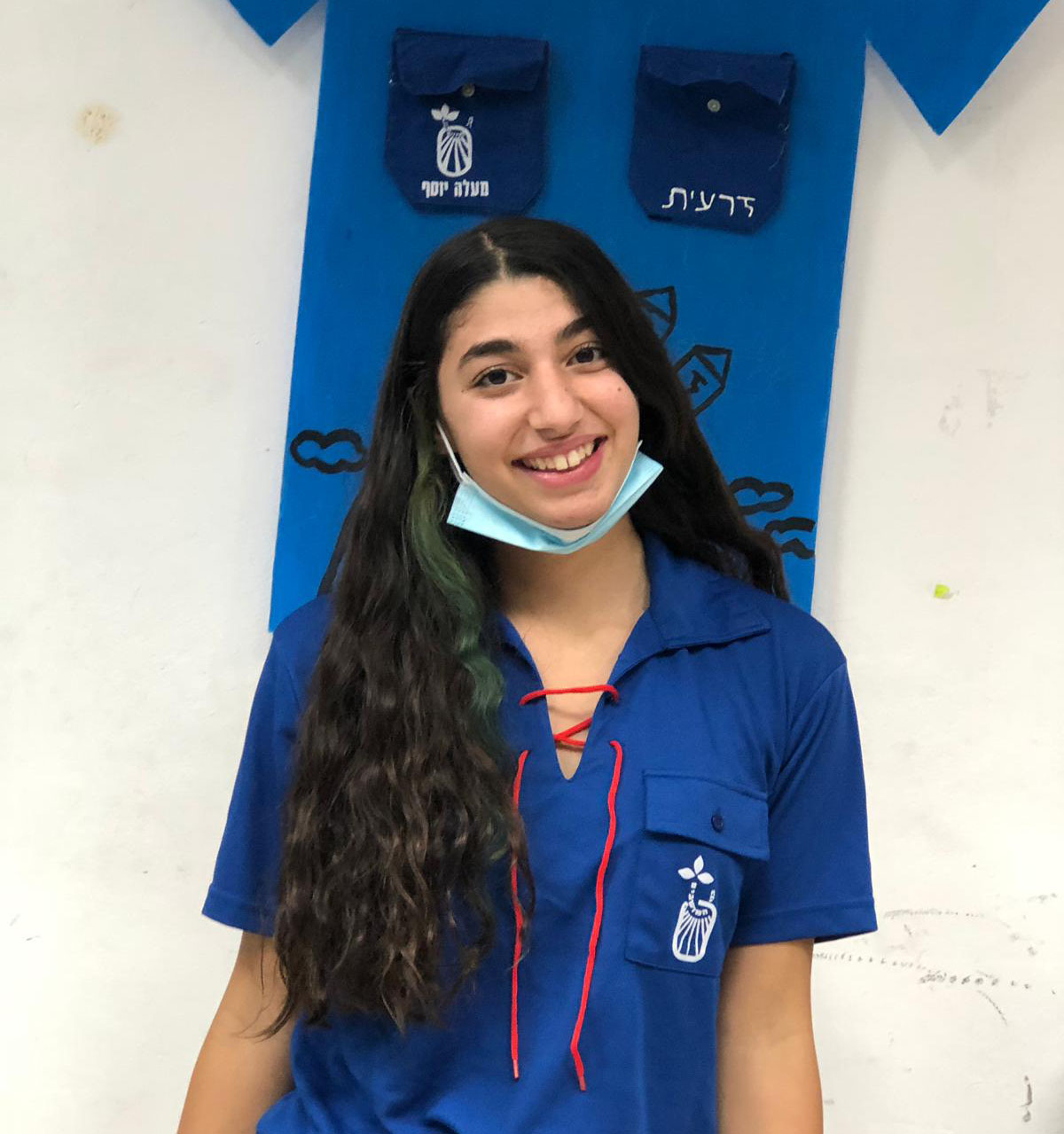
"Without the actions and meetings in the movement, I would not have known half the children in the moshav," says Adoni. "The youth movement allows me to think outside the box, and do things I wouldn’t have done otherwise like volunteer, give back and help others."
Immigration absorption is also a value that takes a central place in the youth movement. This week, 316 immigrants from Ethiopia immigrated to Israel, the result of a long pressure campaign from Ethiopian immigrants already living in the country.
"I wake up in the morning and honestly want to go to the ken," says Maor Zilka, 12, a movement member in the Ramat Eliyahu neighborhood of Rishon Lezion, a son of Ethiopian immigrants.
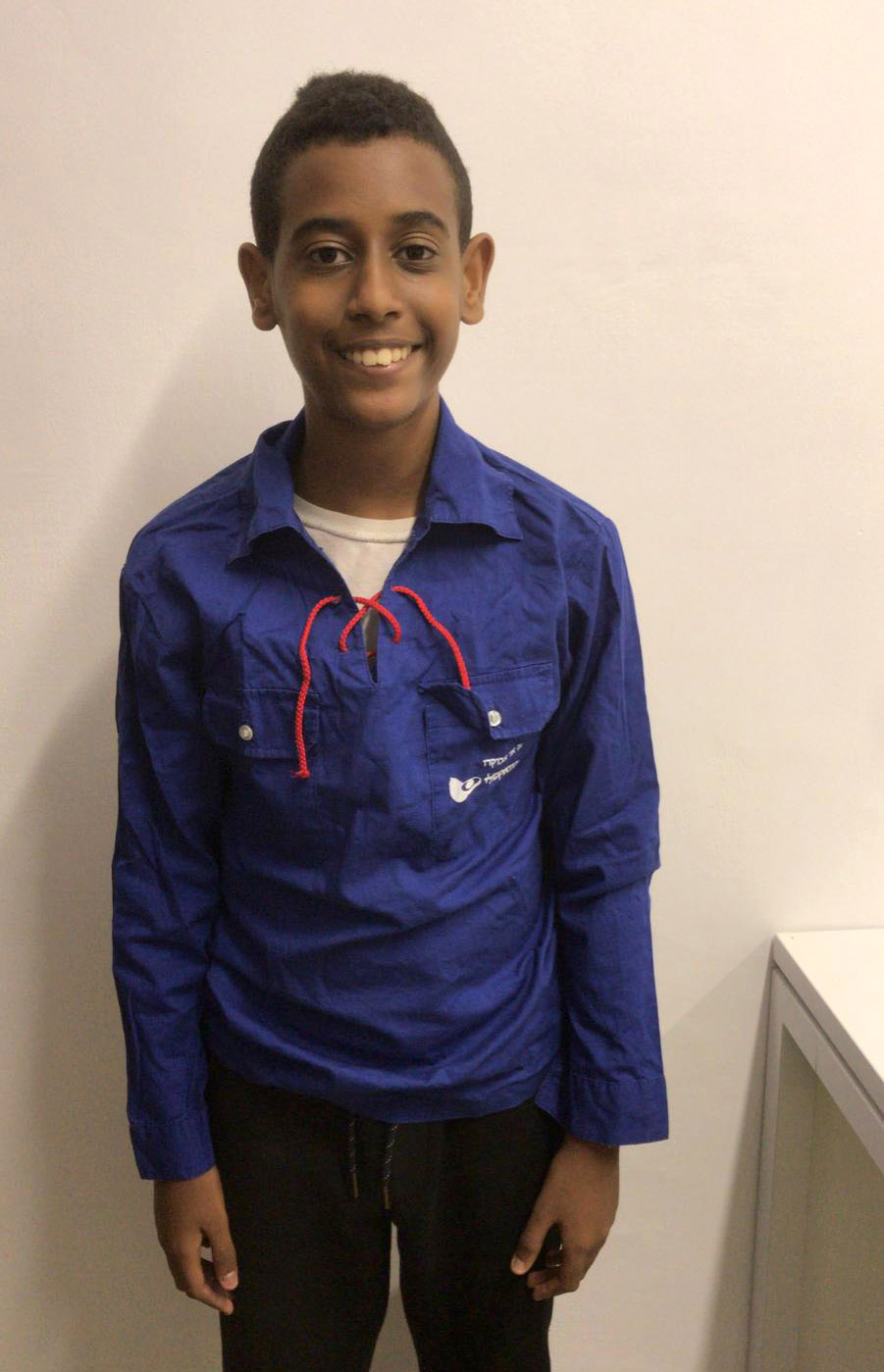
Zilka works with his friends to integrate immigrants in the city. This year, he and his friends organized the Sigd celebrations of the Ethiopian community at the ken, and were photographed for a video that was broadcast on social media and explained the meaning of the holiday for Israelis who are unfamiliar with this unique Ethiopian Jewish holiday.
"The youth leaders create an atmosphere that invites everyone here, and makes them want to take part," Zilka explained.
The Branches in Ka'abiyye and Julis
Arab, Druze and Circassian youth also participate in the movement in large numbers.
"I talk to my friends and branch members a lot about the situation in our country," says Badar Chil, 17, a resident of the village of Tabash in the Jezreel Valley, and a youth leader in the Ka’abiyye ken. "Part of leading here is to visit the children houses for conversations, and also just to be there for them."
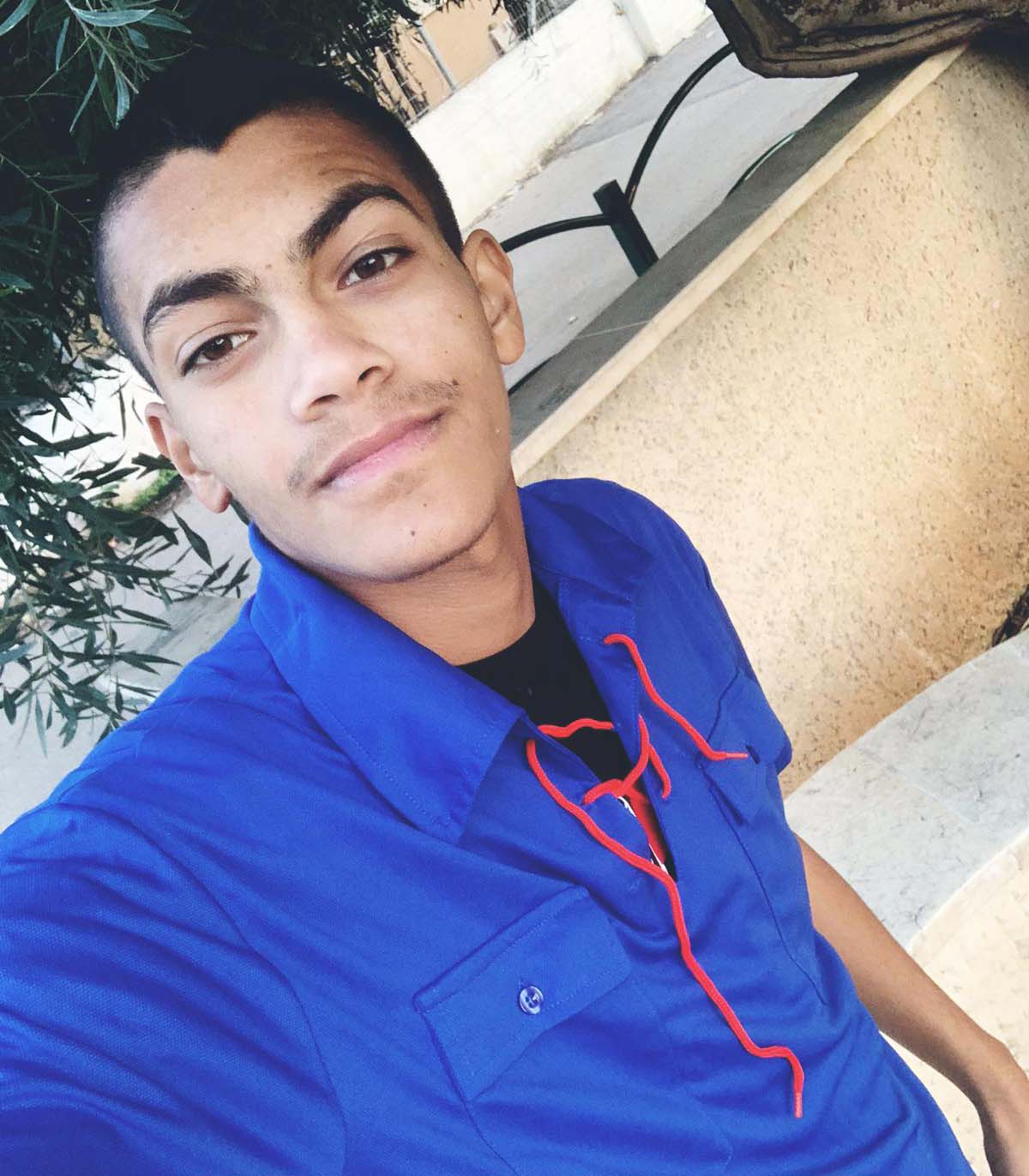
The division of Arab kenim in NOAL was established in 1983, and today has about 20,000 participants and counselors. In 1987, a division of Druze branches was established, with about 6,000 active members today.
Lian Madi, 18, from the Galilee village of Julis, joined the movement through a national civil service program. Madi describes the activities of NOAL in the village: "We did projects to raise awareness of breast cancer, we helped our elderly, and we took an active part in the fight to end violence against women."
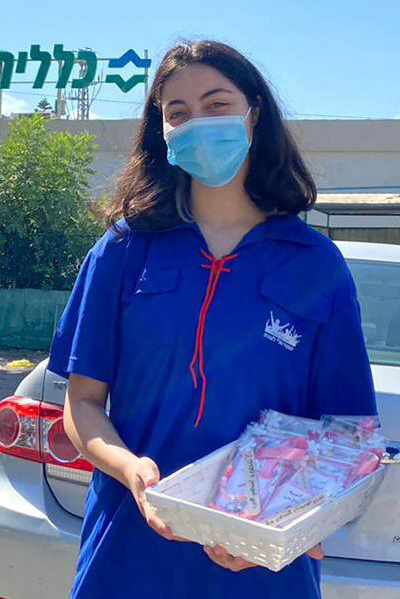
For Madi, the culmination of the movement is being a youth leader.
“I feel like I’m developing on a personal level,” she said. “I did not know that I had the potential to lead, and to be in charge of a whole group of kids who were actually only two years younger than me.”






